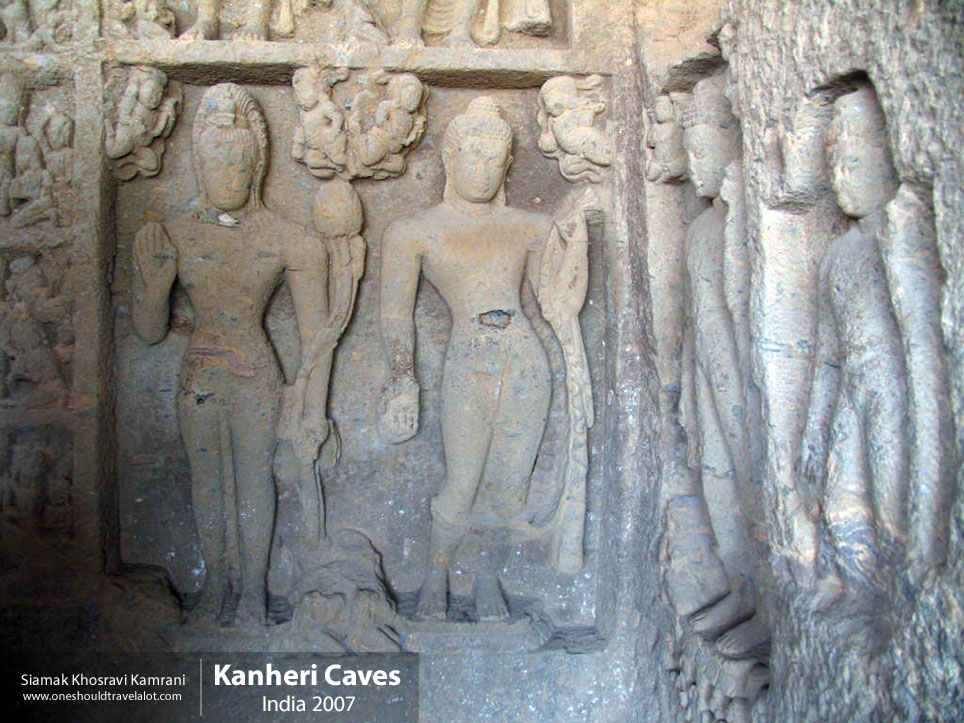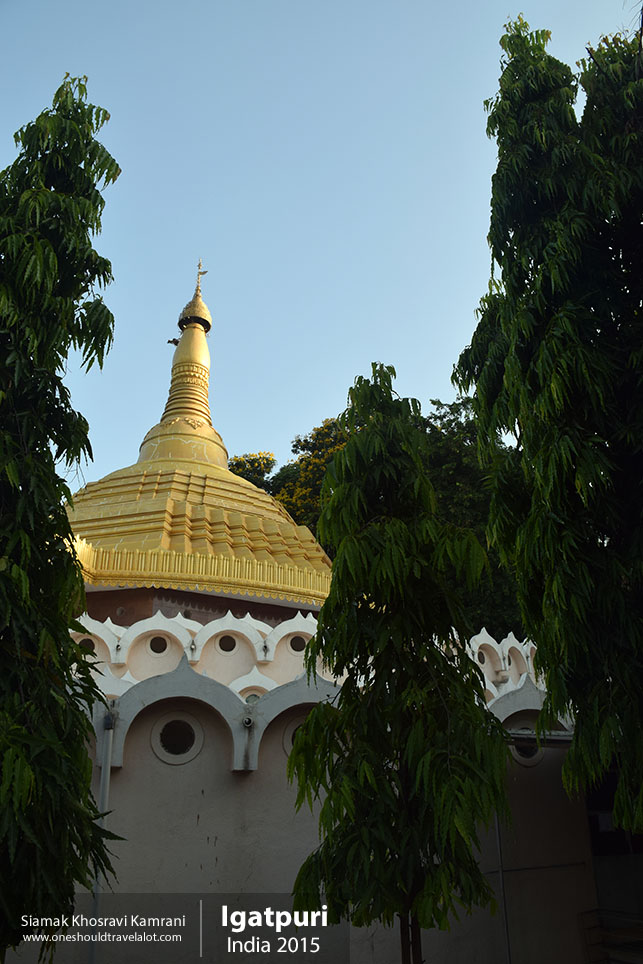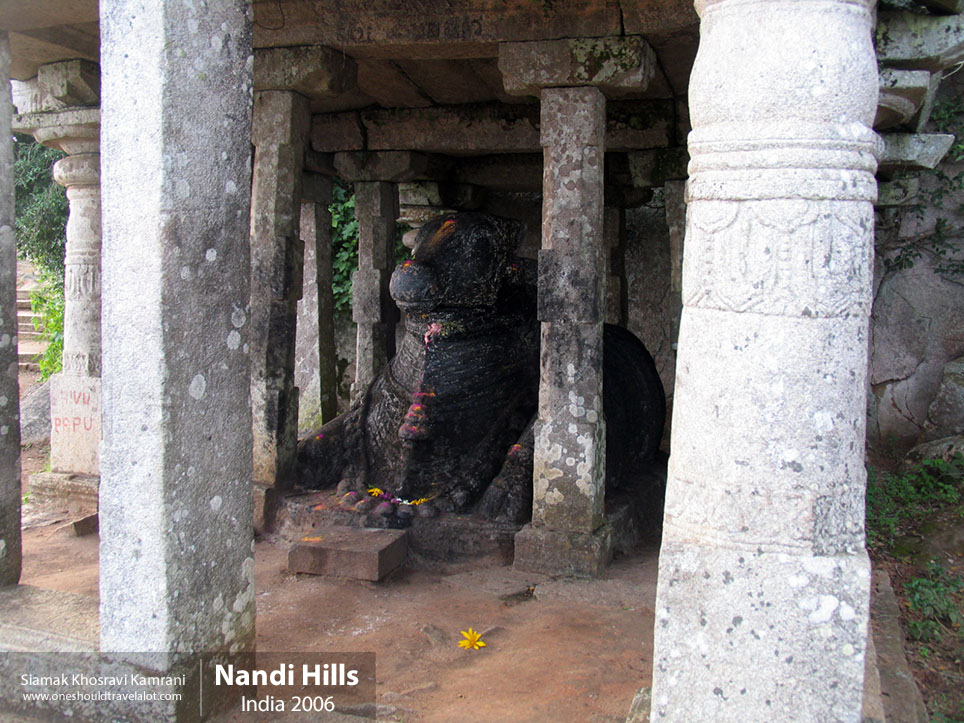Discovering the Ancient Wonders of Mahabalipuram
Arrival in Mahabalipuram: First Impressions
As a photographer with an insatiable wanderlust, my latest adventure brought me to the coastal town of Mahabalipuram in India, a place that seamlessly blends history, art, and natural beauty. Known for its UNESCO World Heritage Sites, Mahabalipuram (also known as Mamallapuram) is a treasure trove for any traveler seeking to capture the essence of ancient India through their lens.
My journey began with an early morning arrival at Chennai International Airport, followed by a scenic drive along the East Coast Road. The coastal route offered glimpses of the Bay of Bengal’s sparkling waters, setting the stage for the wonders that awaited in Mahabalipuram. As I approached the town, the air was filled with a palpable sense of history, an almost tangible connection to a bygone era.
Stepping Back in Time: The Historical Monuments
Mahabalipuram, a town steeped in the legacy of the Pallava dynasty, is renowned for its rock-cut temples and intricately carved stone monuments. My first stop was the Shore Temple, an iconic structure that stands proudly on the coastline, facing the relentless waves of the sea. Built in the 8th century, this temple is a testament to the architectural prowess of the Pallavas.
With my camera in hand, I marveled at the temple’s detailed carvings and the precision with which it was constructed. The temple complex, consisting of two shrines dedicated to Lord Shiva and a smaller one to Lord Vishnu, offered numerous opportunities for stunning photographs. The early morning light cast long shadows, enhancing the intricate patterns on the stone and creating a mesmerizing play of light and shadow.
Next, I made my way to the Pancha Rathas, a collection of five monolithic temples, each carved from a single granite rock. These rathas (chariots) are named after the Pandavas from the Indian epic Mahabharata, and each one is unique in its design and structure. The sheer scale and detail of these carvings left me in awe. Capturing these massive structures in their entirety was a challenge, but the reward was a series of photographs that conveyed their grandeur and timeless beauty.
The Marvel of Arjuna’s Penance
One of the most remarkable sites in Mahabalipuram is Arjuna’s Penance, also known as the Descent of the Ganges. This massive open-air rock relief is one of the largest bas-reliefs in the world, measuring approximately 30 meters long and 15 meters high. The relief depicts scenes from Hindu mythology, including the descent of the sacred river Ganges from the heavens to Earth.
As I stood before this colossal work of art, I couldn’t help but feel a sense of reverence for the artisans who created it. The relief is teeming with life—animals, deities, and humans—all intricately carved into the rock face. The level of detail is astonishing, and it took me several hours to fully appreciate and photograph the myriad scenes depicted. Each photograph I took seemed to capture a different story, a different aspect of this monumental piece of history.
Exploring the Culture and Traditions
Mahabalipuram is not just about its historical monuments; it is also a living, breathing town with a rich cultural heritage. Wandering through its narrow streets, I encountered local artisans working on stone carvings, a craft that has been passed down through generations. The rhythmic sound of chisels hitting stone was a constant reminder of the town’s artistic legacy.
I visited a local workshop where artisans were meticulously carving sculptures from granite. Their skill and dedication were evident in every piece they created. I spent some time photographing their work and chatting with them about their craft. It was fascinating to learn about the techniques they used and the stories behind some of their creations.
The local markets were a vibrant mix of colors, sounds, and smells. Stalls selling traditional handicrafts, jewelry, and textiles lined the streets. I couldn’t resist picking up a few souvenirs, each one a reminder of the town’s rich cultural heritage. The market also provided ample opportunities for candid photography, capturing the essence of daily life in Mahabalipuram.
The Serenity of the Shoreline
Mahabalipuram’s coastline is a photographer’s dream. The golden sands, framed by swaying palm trees and the azure waters of the Bay of Bengal, create a picturesque setting. I spent several evenings on the beach, capturing the changing moods of the sea as the sun dipped below the horizon. The Shore Temple, silhouetted against the setting sun, made for a particularly striking image.
One evening, I joined a group of local fishermen as they prepared to set out for their nightly catch. Their weathered faces and calloused hands told stories of a life spent at sea. As they worked, they shared tales of their experiences and the challenges they faced. Photographing them in action, against the backdrop of the setting sun, was a truly enriching experience.
The Modern Town: A Blend of Old and New
While Mahabalipuram is steeped in history, it is also a town that embraces modernity. The town’s cafes and restaurants offer a blend of traditional South Indian cuisine and international fare, catering to the diverse tastes of its visitors. I particularly enjoyed the seafood, freshly caught and expertly prepared, which was a highlight of my culinary adventures here.
The town’s standard of living is relatively modest, reflecting its small-town charm. However, there is a sense of community and warmth that is palpable. The locals are friendly and welcoming, always ready to share a story or offer assistance. English is widely spoken, making it easy for international visitors to navigate and communicate.
A Photographer’s Reflection
As my time in Mahabalipuram drew to a close, I reflected on the myriad experiences and images I had captured. This town, with its rich history, vibrant culture, and stunning landscapes, had provided me with a wealth of photographic opportunities. Each image I captured was a testament to the town’s enduring legacy and the stories etched into its stones.
Mahabalipuram is a place where history comes alive, where every corner has a story to tell, and where the past and present coexist harmoniously. For any traveler, and particularly for a photographer, it is a destination that promises endless inspiration and a deeper appreciation for India’s rich cultural tapestry.



